The new Nissan X-Trail packs the VC-Turbo engine, the first in the world with variable compression-ratio technology. We drove this new premium SUV entrant in the city and on the Delhi-Mumbai Expressway to get up close and personal with what it has to offer.
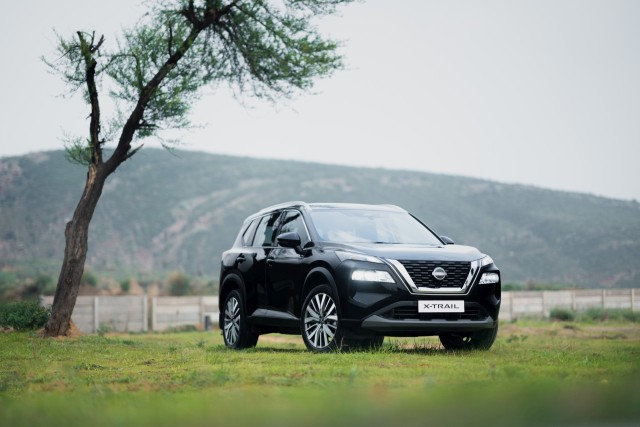
Nissan India seem to have gotten the ball rolling with authority again and have announced a slew of changes in operations, strategy and, of course, their portfolio. With the doors to the completely built import route now flung open again, Nissan have a direct line to limited-number global models as and when they choose to deliver. The first of these models arrives in the form of the X-Trail.
The Nissan X-Trail, now in its fourth generation, measures 4.7 metres long and with the provisional third row of seats, steps into the premium SUV segment where it has some established names to go up against. Now, Nissan India aren’t making the car here but we are told that localisation of more models—pertinently the new five- and seven-seat C-SUVs—is definitely on the cards. That said, this version is subject to the whole gamut of import and countervailing duties, cesses, charges and surcharges, and and that reflects in its gruesome tag of just under Rs 50 lakh (ex-showroom). Does it have the goods to command that tag? Let’s hit the trail.
The middle of Gurugram is hardly trail central but there are enough sudden road works, abnormal speed-humps and pot-holes to challenge the most advanced suspension systems, let alone two-wheel drive SUVs. The X-Trail looks smart. The V-shaped front design is a familiar family trait and its proportions are generous. It’s 4,680 millimetres long, 1,840 mm wide and 1,725 mm tall, with a wheelbase of 2,705 mm. It also rides 210 mm above the ground making it easier to deal with rough patches and other bad surfaces.
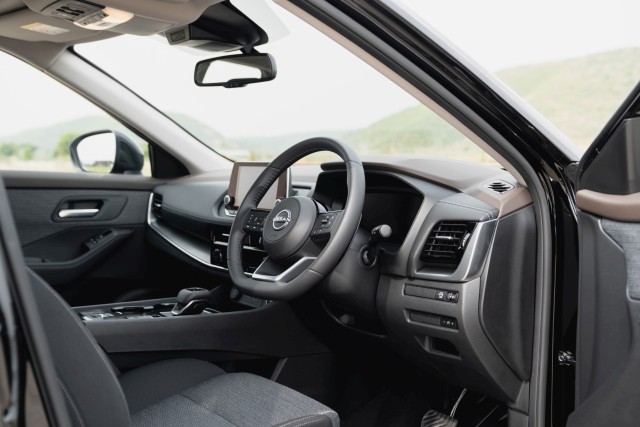
Inside, there is a spacious cabin but basic interior with a number of goodies. Nissan say their target customer is one who puts technology first and doesn’t want the bells and whistles which raise the price unnecessarily. That means a two-tone fabric upholstery, manually-adjustable seats, regular speed-lock cruise control and normal plastics around the cabin. The main centre screen is 12.3 inches, a decent size, but the display quality lacks the crisp and vibrant appearance of those of its competitors—which, seemingly, will be the Škoda Kodiaq, Jeep Meridian and Hyundai Tucson, among others. However, the space and ergonomics are commendable. And, the X-Trail, in this mild-hybrid non-“ePOWER” CVT spec, is very refined, too.

This Nissan X-Trail is the 1.5 VC-Turbo MHEV CVT version sold in some overseas markets and it packs the first-ever engine sporting a variable compression ratio, the “KR15DDT”. This engine locates the crankshaft without balancer shafts and as part of a multi-link set-up with an actuator motor and control shaft which can pivot the crankshaft mounting, and, thereby, the pistons’ position on their vertical axis as well as their travel, making for a higher or lower compression volume beyond the mildly altered swept volume, with the cylinder head unmoved. This means a change in capacity of between 1,477 cc, with a bore of 84 mm and stroke of 88.9 mm, and a 14.0:1 compression ratio when raised, leading to better efficiency and lower emissions, and 1,497 cc, with the same 84-mm bore, but a 90.1-mm stroke, and a lower compression ratio of 8.0:1 and, thereby, more power. That’s +/- 3.0:1 on the standard 11.0:1 compression ratio. In case you were wondering, those are the numbers mentioned in the owner’s manual. The engine also has the cylinder head integrated with the exhaust manifold and employs dual variable valve timing, GT-R derived mirror-bore coated cylinder block, a “wide range” turbocharger, and both port- as well as direct-injection for fuel delivery.
The peak output of this three-pot engine is 163 hp at just 4,800 rpm with a hefty peak torque of 300 Nm—that’s 200 Nm/litre—coming in from 2,800 rpm. Also, this is a mild-hybrid so there is an integrated starter-generator (ISG) with less than five kilowatt (six hp) and six Nm of instant torque available—for up to 20 seconds—for torque assist when demanded, such as when overtaking and coasting, brake energy regeneration, and stop-start functionality. The 12-volt mild-hybrid system employs a dedicated lightweight lithium-ion battery pack located in the floor with a conventional 12-volt lead-acid battery under the bonnet for the usual electricals.





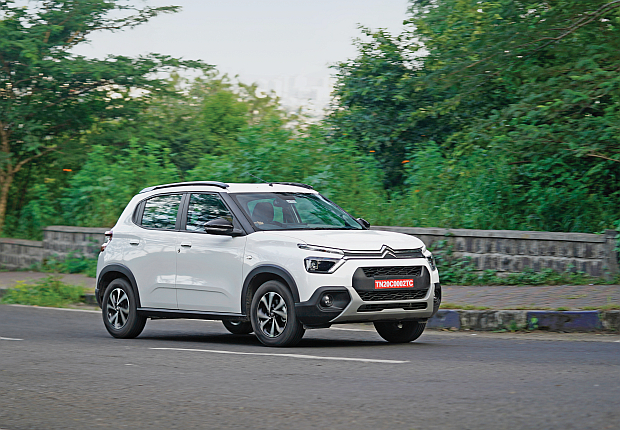


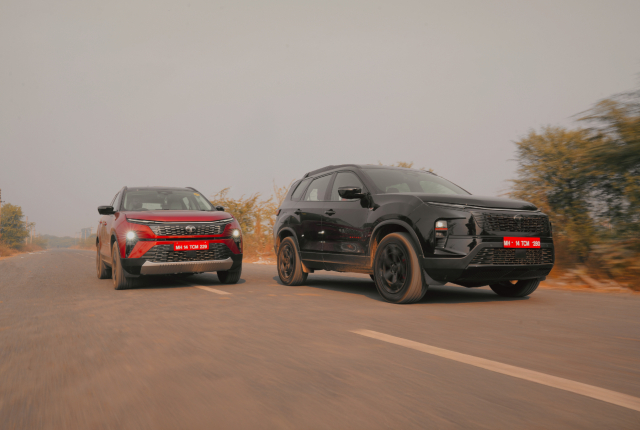
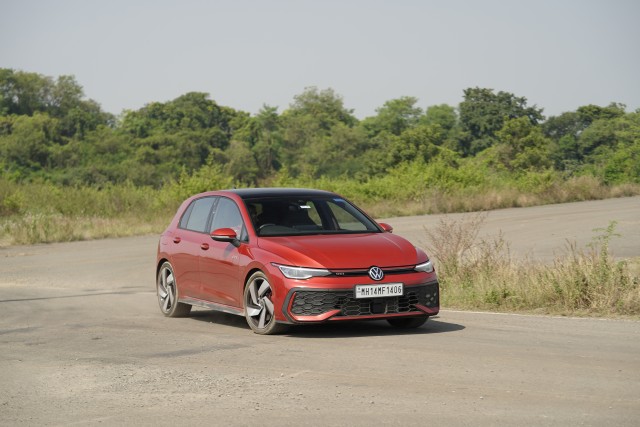


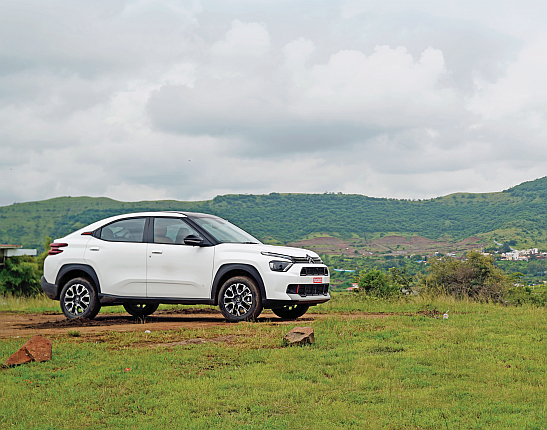
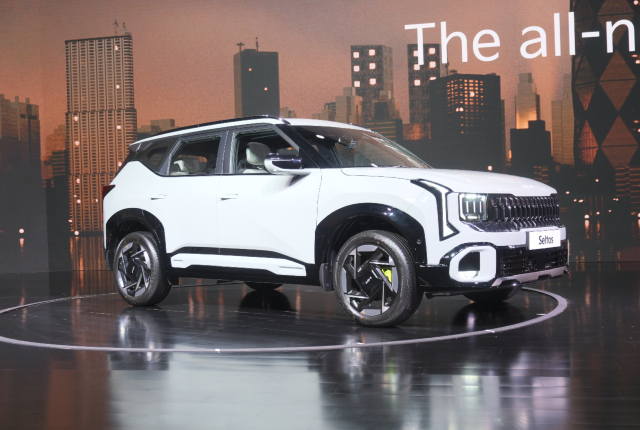
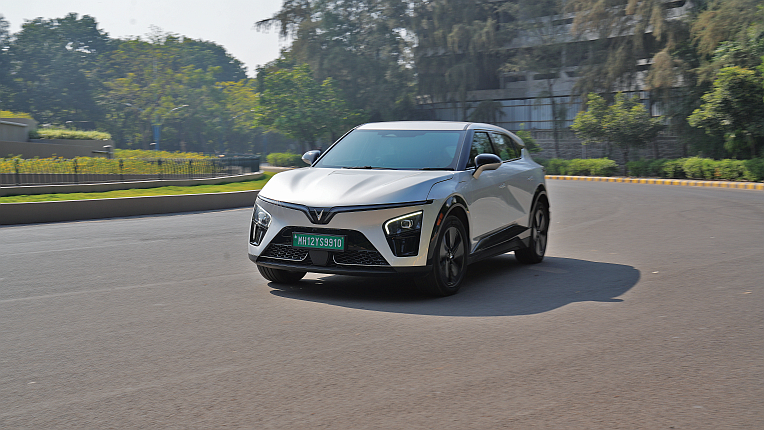

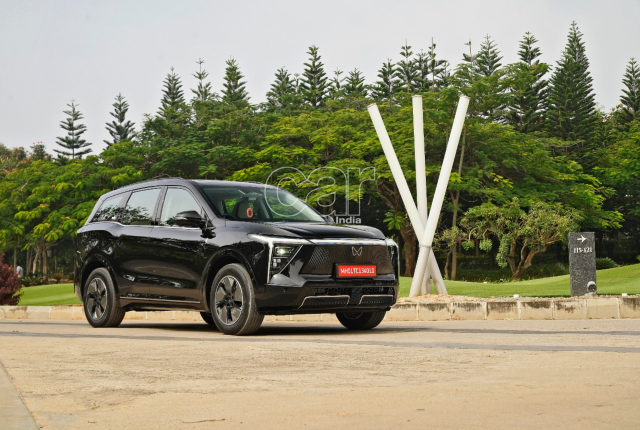
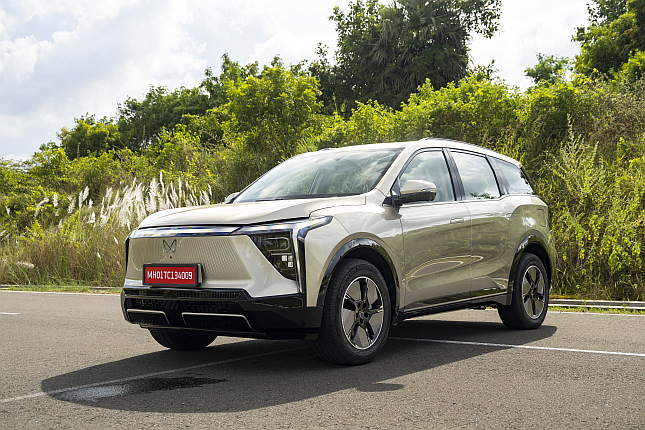

Leave a Reply